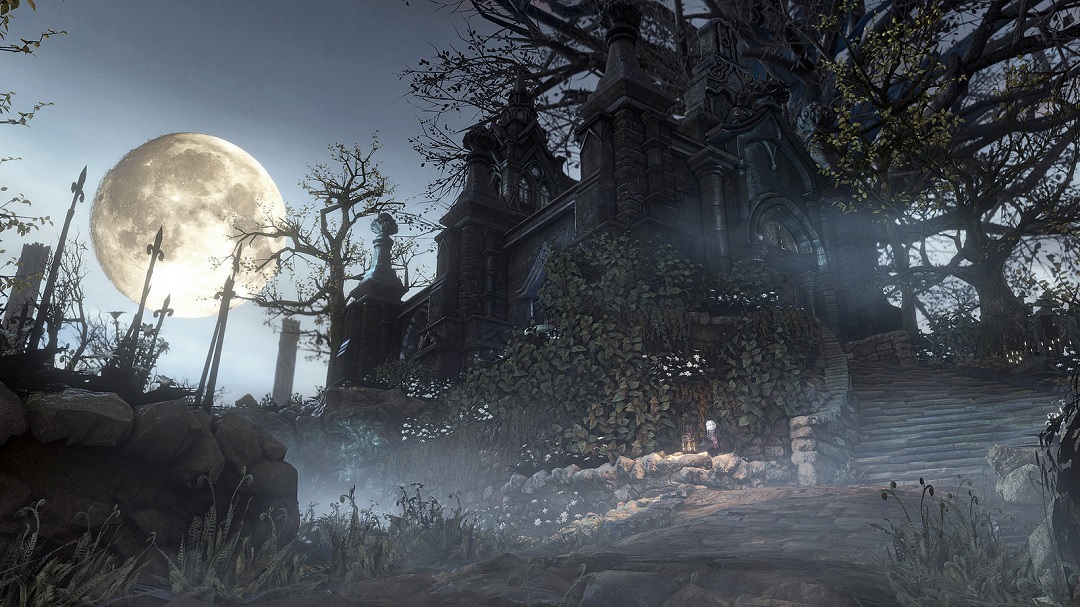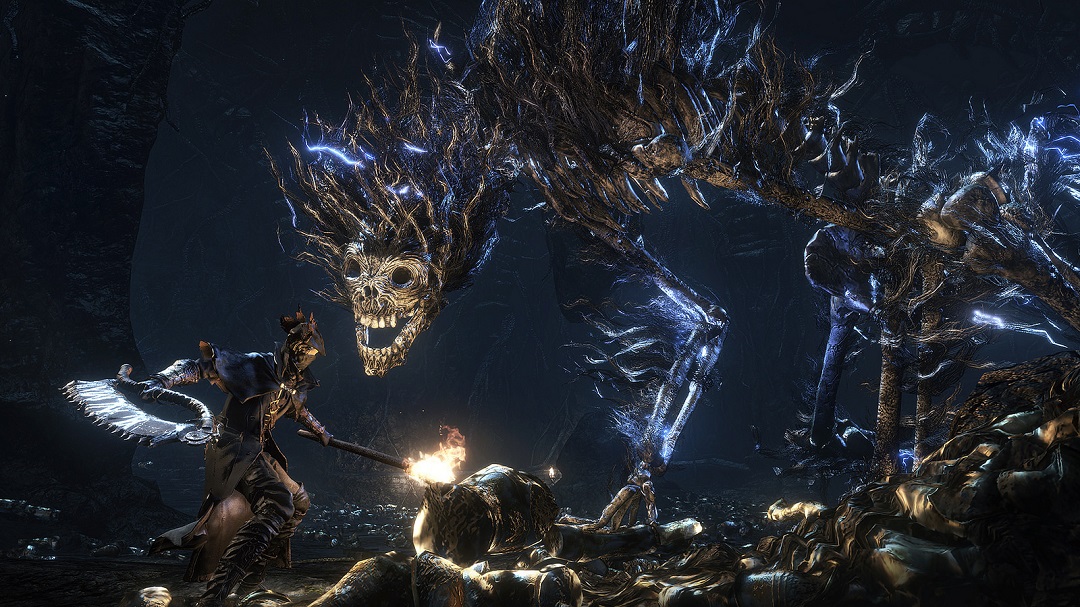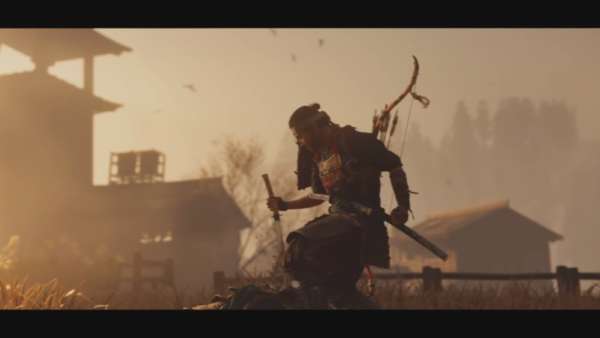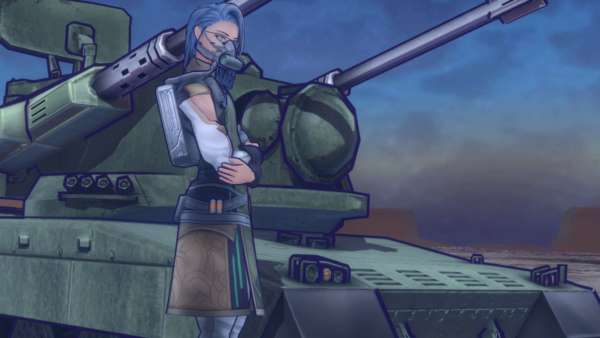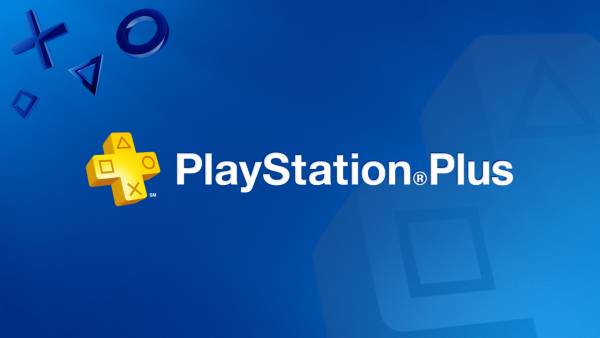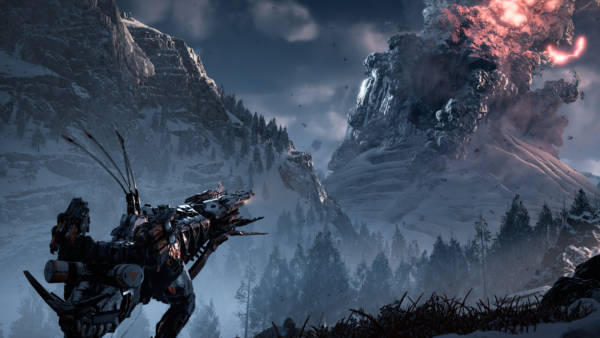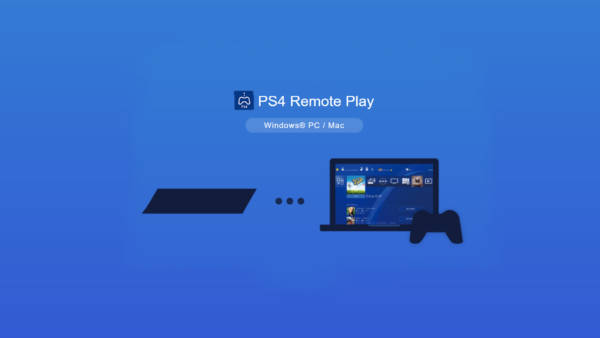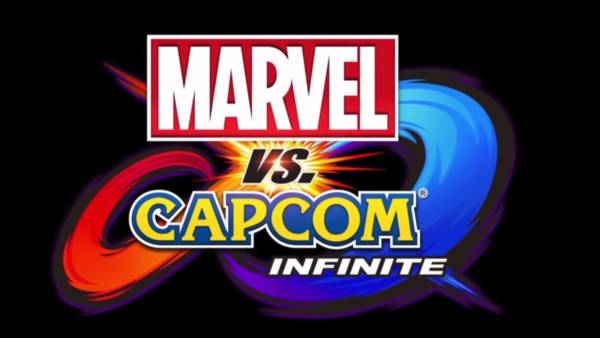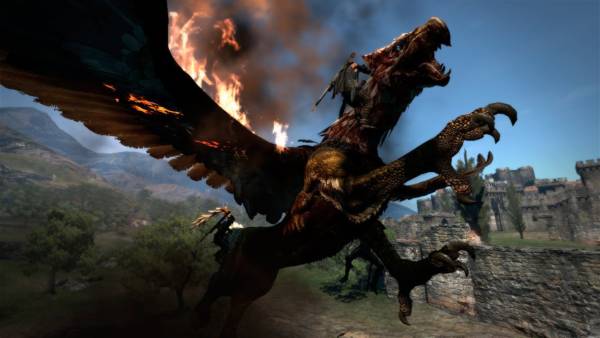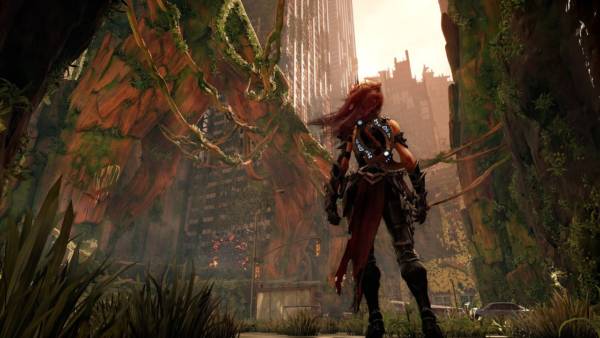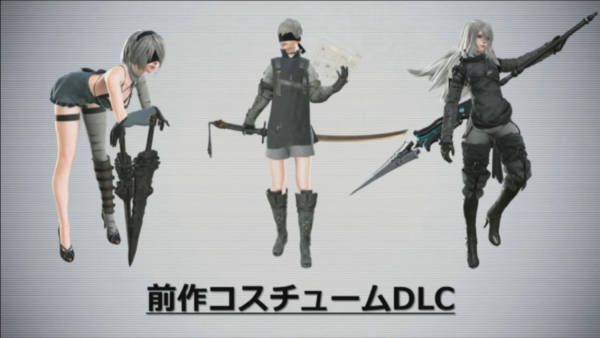Bloodborne will be a first step into the brutal world of From Software games for many but for a Souls veteran like myself, it was simultaneously a homecoming and a brand new experience. Switching to Souls autopilot only got me so far, as hordes of aggressive beasts and humans tore me to shreds. Bloodborne still has the brutal feel and dark undertones of previous Souls games, yet it makes some key changes which fundamentally change how you play. At the same time, From Software have made some puzzling missteps and have fallen back on tiring tropes, making Yharnam feel like a literal ghost town while you adventure through its festering corridors. So, does Bloodborne do enough different to bring new players in and surprise the old, or do we need some new blood injected into the From Software team?
Bloodborne’s setting acts as the clearest departure from the Souls series, swapping the medieval lands of Lordran and Drangleic to the gothic horrors of Yharnam. Yharnam is a labyrinth of looming cathedrals, toxic woods and unsettling nightmare worlds, all united by the creeping blood plague which twists everything it touches. From Software chooses then to swap the varied lands of previous games, like the poisonous swap of Blighttown and the lava filled caverns of the Lost Izalith, for a more consistent setting and tone. Gone are the questionable level transitions from Dark Souls 2, where a lift in a free standing castle suddenly transports you to a volcano fortress which appears out of nowhere. Bloodborne thus feels like a careful blending of the interconnected areas of Dark Souls, with the warp system of Dark Souls 2. While it does get the first element right, with there being several helpful shortcuts and passageways which link areas together, Bloodborne’s warp system feels like a failed attempt to edit the much maligned bonfire warps of Dark Souls 2.
Unlike Dark Souls 2, where you could warp between any bonfires that you find, Bloodborne has you warp back to the hub area of the Hunter’s Dream before letting you warp to the location you want from a series of delineating warp stones. The main problem is thanks to Bloodborne’s unforgivably long load times, moving from one area to the next can take up to 4 minutes, if the loading times are especially bad. I can understand that From Software want to preserve the interconnected world of Yharnam, but when you have to return to the hub to level up and you can only reach certain areas by warping, you end up spending a lot of your time just staring at a loading screen. This would be somewhat alleviated if you have item descriptions to read whilst waiting for an area to load but these are mysteriously absent, forcing you to stare at the word Bloodborne for up to a minute and 10 seconds, if the game isn’t behaving. What makes this even worse is that you can only get enemies to respawn in an area if you warp out and warp back in, due to the removal of a rest feature at the game’s lamp checkpoints. Now, you are forced to sit through two long loading screens when you are grinding, making the already laborious experience even longer. This is one of many questionable missteps that From Software makes in Bloodborne, by making unnecessary changes to systems that weren’t that broken in previous games.
This stretches to the game’s hub as well, being changed to be more like the removed Nexus area from Demon’s Souls, rather than a location which is central to the game world which you normally move around in. The problem with the Hunter’s Dream is that it has none of the bustling activity seen in other hub locations, with there only being 2 interactable NPCs at once who have little to say as well as lacking the memorable music or layout of Majula or Firelink Shrine. Again, it doesn’t break Bloodborne in any way, it is all functional and streamlines many aspects of previous hub worlds, but lacks the personality of those previous places. You get the ability to actually sell items for Blood Echoes (the game’s currency and XP) as well as improve and repair weapons right from the get go, but you don’t get any witty banter or lore when talking with the blacksmith or the local shopkeeper.
